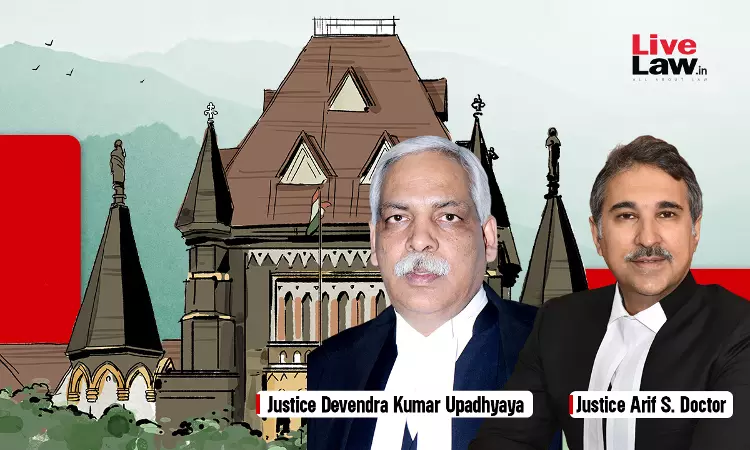High Court Denies Protection To Vithal-Rukumai Temple In South Mumbai Citing Lack Of Declaration As Monument Of National Or State Importance
Amisha Shrivastava
13 Dec 2023 10:33 AM IST

Next Story
13 Dec 2023 10:33 AM IST
The Bombay High Court held that it cannot issue direction for protection of a site as a monument of historical importance in the absence of a formal declaration of the site as a monument of State/National importance or a heritage site under a Central or State law or the Development Control and Promotion Regulations for Greater Mumbai (DCR).A division bench of Chief Justice Devendra...
